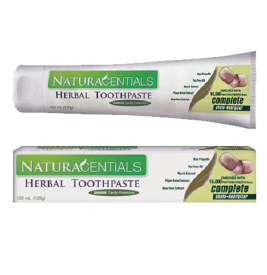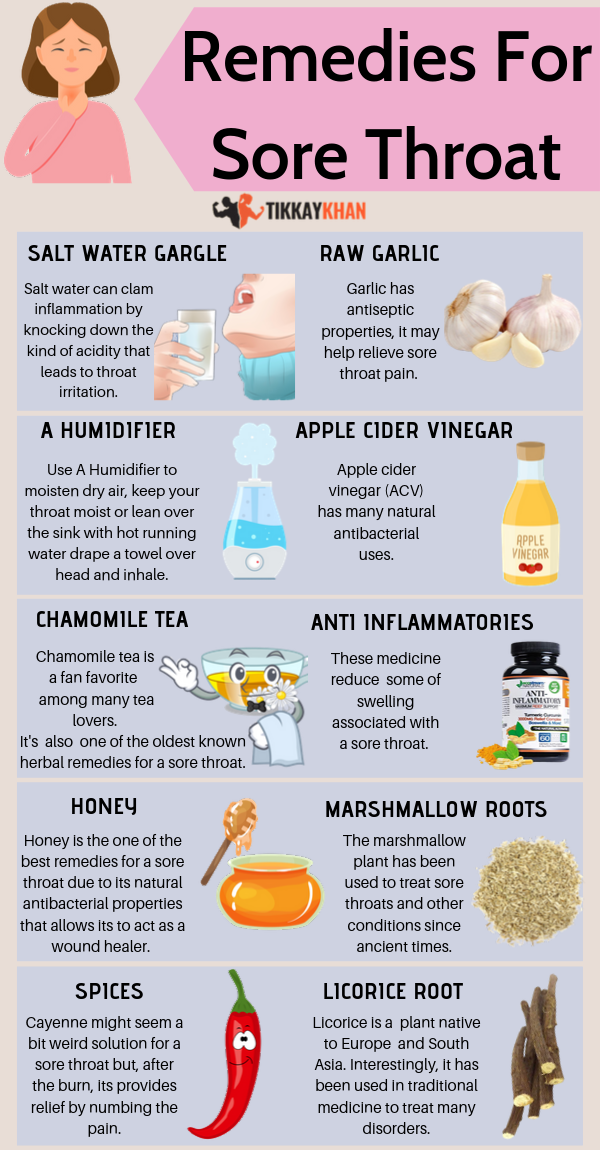Brushing Right: Fresh Breath And Stronger Teeth

The art of brushing teeth is a cornerstone of oral hygiene, yet it’s astonishing how often this crucial habit is performed inadequately. Proper brushing not only ensures fresh breath and a dazzling smile but also plays a pivotal role in preventing a myriad of dental issues, from cavities and gum disease to more severe conditions like heart disease and diabetes. The importance of brushing right cannot be overstated, as it lays the foundation for a lifetime of good oral health.
Understanding the Basics
Before delving into the nuances of brushing techniques, it’s essential to grasp the fundamental principles. The American Dental Association (ADA) recommends brushing teeth at least twice a day, in the morning and before going to bed, for two minutes each time. This duration ensures that all surfaces of the teeth are thoroughly cleaned. Additionally, using a fluoride toothpaste and replacing your toothbrush every three to four months or sooner if the bristles become frayed are detrimental to maintaining oral hygiene.
The Right Tools for the Job
Choosing the right toothbrush can be a daunting task, given the array of options available. Manual toothbrushes are effective for many, but electric toothbrushes have been shown to remove more plaque and improve gum health more efficiently. The key feature to look for in an electric toothbrush is its ability to rotate, oscillate, or vibrate, as these actions help in the effective removal of plaque. When it comes to toothpaste, opting for one that carries the ADA Seal of Acceptance ensures it has met rigorous standards for safety and effectiveness.
Mastering the Technique
The manner in which you brush your teeth is just as important as the frequency. Starting with the front teeth, gently place the toothbrush against the gums at a 45-degree angle. Then, in small circular motions, work your way across the front and back of each tooth, making sure to cover all surfaces. Don’t forget the often-overlooked areas: the chewing surfaces of molars and the back side of the last molars. For the tongue and the roof of the mouth, a gentle brushing can help eliminate bacteria and freshen breath.
A Deeper Dive: Addressing Specific Needs
- For Sensitive Teeth: Those with sensitive teeth may benefit from using a toothbrush with softer bristles and a toothpaste specifically designed for sensitivity. Brushing gently and avoiding harsh products can also help manage sensitivity.
- For Children: Teaching children to brush properly from an early age is crucial. Using a child-sized toothbrush and a smear of toothpaste (for children under three) or a pea-sized amount (for children over three) can help make the experience less overwhelming and more effective.
- For Orthodontic Patients: With braces, it’s more challenging for food particles and plaque to accumulate. Using an interdental toothbrush or a specialized orthodontic toothbrush can help navigate around brackets and wires, ensuring all areas are cleaned.
Advanced Tips for Enhanced Oral Hygiene
- Don’t Overbrush: Brushing too hard or too frequently can lead to gum recession and tooth wear. It’s about finding the right balance.
- Tongue Scraping: Incorporating a tongue scraper into your routine can significantly reduce bacterial load and improve breath freshness.
- Regular Check-ups: Despite diligent brushing, regular dental check-ups are essential for catching any potential issues early and maintaining overall oral health.
The Future of Oral Hygiene: Emerging Trends and Technologies
The landscape of oral hygiene is evolving, with advancements in technology offering new tools and techniques for achieving better oral health. From smart toothbrushes that provide real-time feedback on brushing technique to innovative materials for tooth repair, the future looks promising. Moreover, research into the oral microbiome and its connection to overall health is opening up new avenues for prevention and treatment of not just dental but also systemic diseases.
Conclusion
Brushing your teeth is more than just a mundane daily task; it’s a critical investment in your health and well-being. By understanding the importance of proper brushing, selecting the right tools, mastering the technique, and staying abreast of emerging trends, you can ensure a lifetime of strong, healthy teeth and fresh breath. Remember, every brush stroke counts, and making informed choices can have a lasting impact on your oral and general health.
How often should I replace my toothbrush?
+It’s recommended to replace your toothbrush every three to four months or sooner if the bristles become frayed. This ensures that your toothbrush remains effective in cleaning your teeth.
What is the best toothpaste for sensitive teeth?
+For sensitive teeth, look for a toothpaste that is specifically designed for sensitivity and carries the ADA Seal of Acceptance. These toothpastes usually contain ingredients like potassium nitrate that help desensitize the nerves.
How can I make brushing teeth a habit for my children?
+Making brushing teeth a fun experience can help. Let your child pick out their toothbrush and toothpaste. You can also create a brushing chart and reward them for each day they brush correctly. Singing a song or playing a video during the two minutes can make the time pass more enjoyably.

